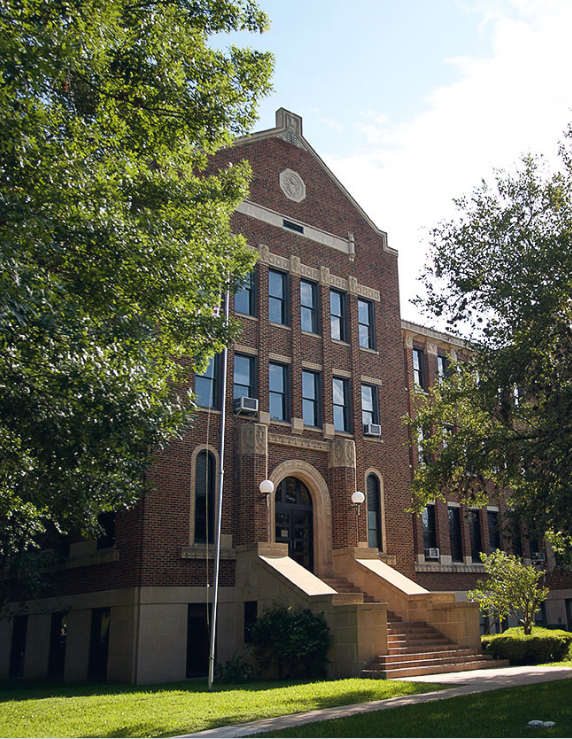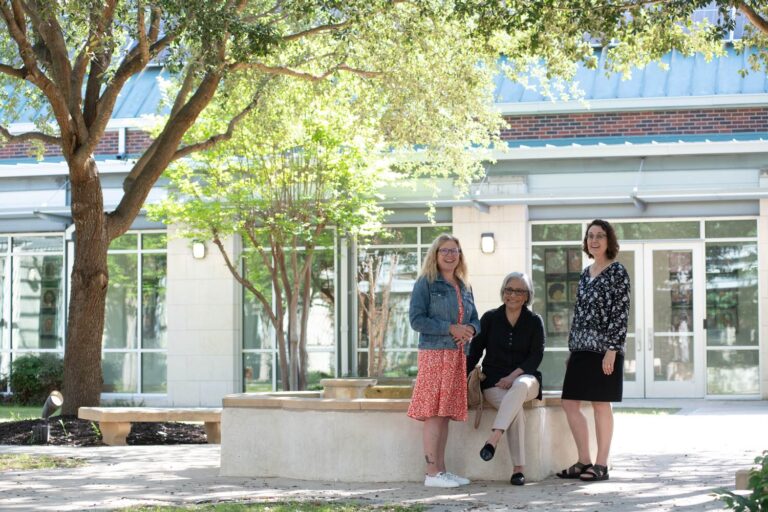Deconstructing Sacramental Theology and Reconstructing Catholic Ritual. By Joseph Martos. Eugene, Oregon: Resource Publications, 2015. 307 pages. $34.00.
Students and practitioners alike will recognize in the present work the long-standing concern of Professor Martos with the experience of the worshipping community. In this case, his point of departure is his perception of widespread alienation among (primarily United States) Catholics from the traditional language and expectations of Catholic sacramental theology which he identifies as a continuation of the scholastic and Tridentine construction carried into a vastly changed social, cultural, intellectual and religious situation. Many will find his description of the disaffection and ambivalence of contemporary Catholics accurate in broad outline. Martos sets out to respond by an examination of the long and complex development of sacramental language from the earliest Christian communities through Medieval Western speculation and codification to the Vatican II and post-Vatican II experience.
The author begins by proposing that the present difficulty derives, at least significantly, from the notion that sacraments are “given” and “received” in such a way that the “recipient” is given possession of something concrete. This way of treating sacramental activity and of conceptualizing divine grace would not find ready acceptance in contemporary sacramental theology, but, as Martos contends, this mechanical expression aimed at “causing” something to happen is commonly presumed by devout Catholics. In the first three chapters the author examines the emergence and development of the notion of sacramentum et res through history. A unique aspect of this particular study is that it was done with the aid of contemporary technical tools such as searchable specialized CD-ROMs to trace variations and nuances by examining the use of language in context in one period or thinker after another. He first presents a summary overview of the Scholastic theology of sacrament and of the doctrinal formulations and codifications which relied on that construct. His analysis, heavily documented especially by reference to official church documents, summarizes sacramental theology before and after the Second Vatican Council. He examines the way in which each of the seven sacraments, so enumerated since the twelfth century, was eventually treated in the scholastic synthesis showing the consistency and internal coherence of that framework for its time. An examination of the 1983 Code of Canon Law and the Catechism of the Catholic Church illustrates how the language and presuppositions of the scholastic system continue to dominate official documents even though Western sacramental theology after the Council moved in a variety of alternate directions to open up new approaches more adapted to contemporary experience.
The heart of the work comprises the second and third chapters which examine the historical development with its many variations in close detail, relying mostly on primary sources. Though the information presented here would largely be familiar to professionals and to many students, it has the merit of treating the concepts in a carefully nuanced presentation which highlights details of unique usages and their relation to the community and worship context in which they emerge.
The third chapter, a very dense exercise in critical analysis of the same developments, again supported by mainly primary sources, seeks to identify the ways in which the language of the theology recedes more and more from the experience of the worshiper into a more abstract conceptual world. The result of this process, he shows, is that the worshiper had to substitute the doctrinally articulated expectation of something “given” and “received” for the immediate experience of the rite which had become largely opaque. My reading suggests that Professor Martos shows a kind of arc in these developments. The earliest communities and much of the patristic period experienced sacrament not so much as “content” but rather as event. This worship event presents as a communal work which grows from shared faith, shared experience in daily life and a shared sense of mission.
The Medieval theological synthesis which took the normativity of their customary forms for granted, emphasized the concern for efficacy based in “institution” by Christ and the potestas of the priest, so that the worshiper experienced less “event” than spectacle to be observed and trusted. The Schoolmen appropriated the sacramental language of the Fathers to describe and analyze their own contemporary rites without noticing (or knowing) how vastly different were the realities being described. Thus the split became complete between the dynamics of the ritual at which the worshiper would be present and the promised “grace” of the sacrament. The liturgy had become, for all practical purposes, entirely the work of the priest.
The other end of the arc emerges in the Liturgical Movement’s retrieval of Patristic theology and practice which eventuates in Vatican II’s call for “full, conscious, active” participation by all in the communal act of worship. This is the central concern of the concluding chapter, Reconstruction. At the heart of his proposals for “Sacraments in the Future,” is a reflection on the experience of meaning and meaningful symbolic-ritual action in the contemporary Western Church. Using examples from philosophy (especially Lonergan) developmental theory, and missiology, as well as various types of community, Professor Martos calls for a robust effort to help communities discover the ritual patterns and spiritual insights which can support their Christian life and activity. He importantly notes that this is not a matter of simply “re-designing” liturgies. The problem is deeper than that, touching on contemporary social and religious structures, on the difficulty of forming intensively shared communities of faith in which common experience, service and witness provide the basis for symbolic-ritual action. Pastors and theologians will readily agree to these objectives. They will also appreciate the complexity of the task and the implied necessity of moving from the highly restrictive insistence on universal uniformity with its attendant lack of concern for accessibility in Catholic sacramental practice. Whereas much sacramental theology in the past has been primarily based in an exploration and interpretation of the given rites, Martos’s proposal would be to begin with a reflection on the lived experience of the Christian life in a given community.
The challenge obviously also requires a careful integration of critical biblical and historical scholarship in our presentation of sacramental “origins” and development, the results of which some may find difficult to accept. Dr. Martos certainly provides a rich analysis of the inherited conceptual world as well as intelligent and respectful possibilities for the way forward.
This is a densely-written offering (as the author himself admits), replete with enormous detail and intricate analysis. The reader’s effort will be rewarded by a critical sense of how we arrived at the present point and useful insights into our possibilities. Of course, there will be disagreement with some of his interpretations and conclusions in this lengthy work. Nevertheless, this is an important contribution to the work of teachers and practitioners of sacramental ministry. While one might regret that Professor Martos found no opportunity to engage important contemporary sacramentalists and their work, we can hope that this work might generate a robust, healthy and much-needed dialogue.
Kenneth Hannon, OMI
Louis G. Vance Professor of Systematic Theology
Oblate School of Theology



